- Author Matthew Elmers [email protected].
- Public 2023-12-16 21:49.
- Last modified 2025-01-24 09:17.
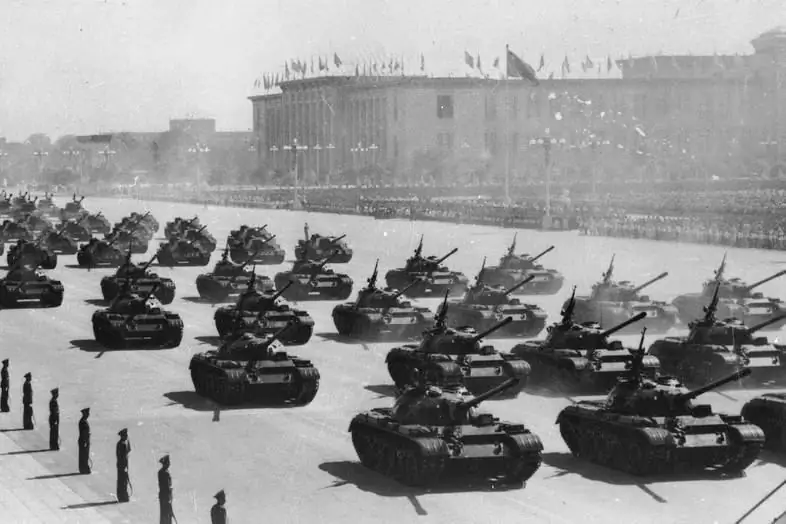
The Chinese army is one of the largest and most powerful in the world. Numerous armored forces make a significant contribution to combat effectiveness and overall potential. According to various sources, the PLA has long been the world leader in the number of tanks in combat units. However, the structure of such a fleet of equipment has some characteristic features, due to which quantity does not always turn into quality.
World leadership
The exact number of tanks in the PLA has not been officially announced. However, there are various estimates, intelligence data, etc., to provide a rough picture. There is a certain range of figures, but in all cases we are talking about colossal amounts of equipment.
In its recent publication on this topic, The National Interest magazine wrote about the presence of 6,900 tanks in combat units (for a word of mouth, their number was rounded up to 7,000). The authoritative reference book The Military Balance 2020 from the International Institute for Strategic Studies (IISS) gives a more modest number - 5850 units. of all types in operation, excluding equipment in storage.

However, even according to the most conservative estimates, China is superior to other developed countries in terms of tanks. Thus, according to the IISS, Russia now has 2,800 combat tanks and more than 10,000 are in storage. The US Army has nearly 2,400 tanks and 3,300 are in reserve. Thus, the total active tank fleet of the United States and Russia is inferior in number to the Chinese.
Ununified diversity
According to The Military Balance 2020, the PLA currently operates tanks of six models and ten modifications. At the same time, the armament consists of long-obsolete machines from the fifties and the latest models that have recently gone into series. At the same time, the basis of armored forces, in terms of quantity and quality, is armored vehicles of "middle" age.
In combat units, there are still medium tanks "Type 59" of several modifications. The Type 59 entered service in the late fifties and was produced until the mid-eighties. Various upgrades were carried out on a regular basis, but such tanks have long been hopelessly outdated. According to the IISS, by now their number has decreased to 1500-1600 units. NI cites outdated figures - about 2,900 tanks.
Up to 200 Type 79 tanks remain in service - modifications of Type 59 with various innovations. Due to moral and physical obsolescence, such machines are mainly used for educational purposes. A similar fate awaits the aging 88A / B main tanks, with approx. 300 pieces.
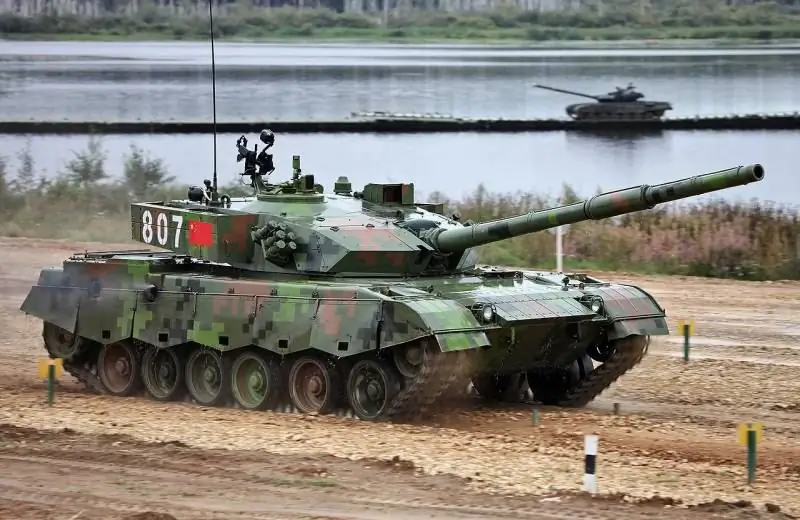
The main tank forces are 2500 Type 96 and Type 96A MBTs. Tank "96" was developed in the nineties and began service in 1997. According to known data, the production of such equipment continues to this day and has not been discontinued due to the appearance of newer tanks.
The third generation of tanks is represented by vehicles "Type 99" and "Type 99A" with a total number of approx. 1100 dmg. The deliveries of serial tanks of this family began in 2001 and are carried out to this day. In terms of its technical and combat characteristics, the Type 99A is the best Chinese MBT at the moment and can compete with modern foreign models.
Several years ago, the production of the "Type 15" light tank started. It is intended for operations in hard-to-reach mountainous and desert areas, where full-fledged MBT cannot work. The Military Balance indicates the presence of 200 such armored vehicles.
Numbers and Fractions
It is not difficult to calculate the share of this or that equipment in the total number of the park. So, about 25-27 percent. the tank fleet is made up of obsolete "Type 59" in the amount of up to 1600 units. If we accept more daring estimates of the number, then their share rises to 42%. The share of later tanks "79" and "88" is several times less - together they occupy only 8.5%.
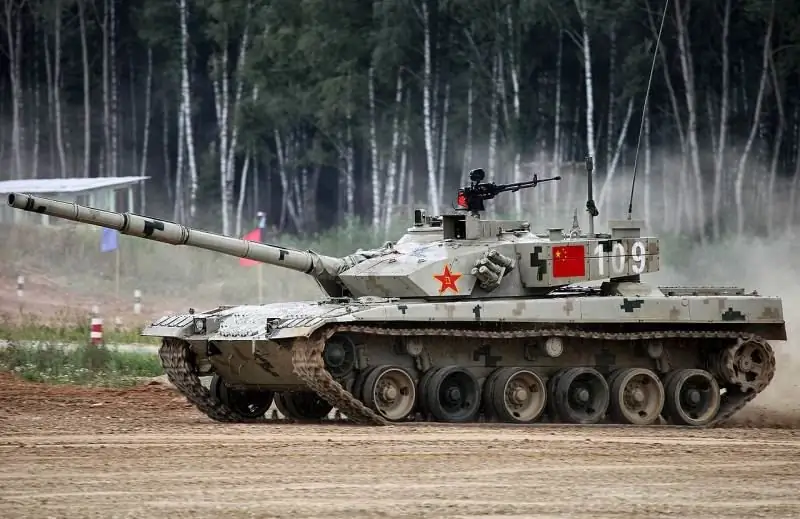
The reason for optimism is the presence of 2500 modern MBT "Type 96" of two modifications. They make up almost 43% of the park. The newer "Type 99" accounts for almost 19%. The newest "Type 15" cannot yet boast of a large number and shares. However, they occupy an important niche that has been empty for several years, and they solve special problems.
It should be noted that the total number of tanks in the PLA and the shares of specific types of equipment are constantly changing. Obsolete and worn-out equipment is written off, and new machines are replacing it. Due to the high complexity and cost of modern tanks, one-to-one replacement is impossible, and the total number of equipment is reduced. At the same time, the share of old cars is falling and the number of new cars is growing.
Quantity and quality
Old tanks "Type 59", "Type 79" and "Type 88" make up a little more than a third of the entire armored fleet. The remaining two-thirds are modern samples, developed and delivered to the series no earlier than the second half of the nineties. All this gives the PLA tank forces a very specific look - but gives ample opportunities.
Obviously, in the event of a real war, obsolete tanks of the last century will not be used on the battlefields. In both full-scale combat and low-intensity conflicts, the modern Type 96 or Type 99 will be more useful. The development of events in which the Type 59 will be able to get out of the deep reserve is unlikely.
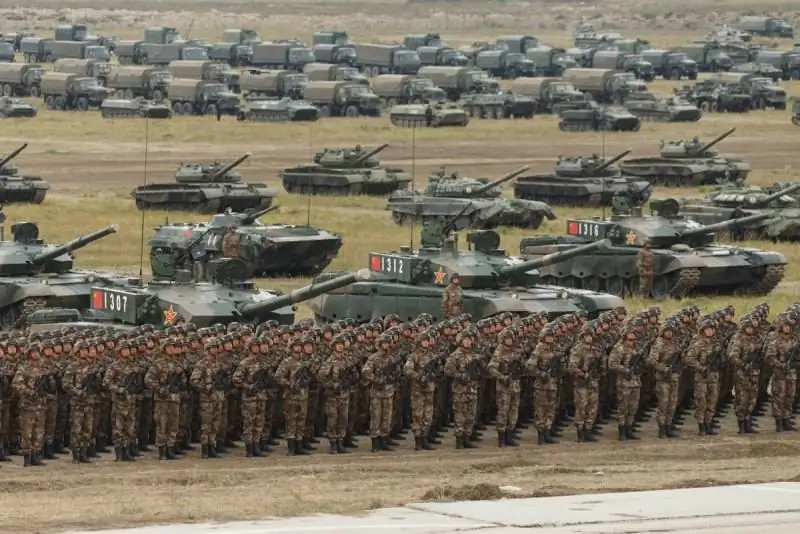
It is noteworthy that the decommissioning of old equipment will hit the quantitative parameters of troops, but will sharply raise the average indicators of combat effectiveness and efficiency. The PLA has 3,600 modern main tanks, not counting specialized mining equipment. Even after such a reduction, China remains the leader in the number of "combat" tanks. Moreover, such leadership positions can be maintained at the expense of one MBT "Type 96" and "96A" - while maintaining a very high combat capability.
At least 3,600 modern tanks have powerful combined armor, 125-mm guns, advanced fire control equipment, communications and control equipment, etc. In general, the combat qualities of the tanks "96" and "99" are at a fairly high level, and in this respect they can be compared with modern foreign models - perhaps not the latest modifications and generations.
Accumulation of experience
The PLA has modern armored vehicles, but its effective use can be associated with serious problems. The Chinese military have no experience in operating modern MBTs in a real conflict. There are and are used programs for training tankers, strategies are developed. However, it is not known to what extent they correspond to real challenges and threats.
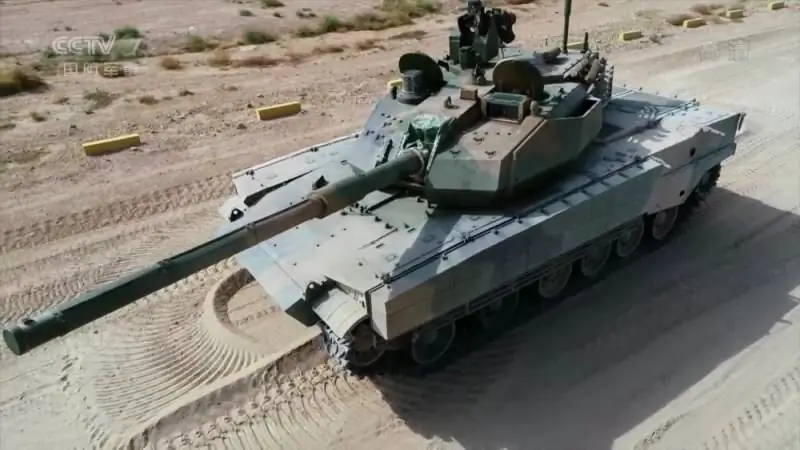
In recent years, the PLA has often conducted major exercises involving tank formations equipped with modern technology. Such events allow gaining experience in the absence of wars, incl. through interaction with third countries. How effective this approach is is unclear.
However, such events are indispensable. What the lack of experience and gaps in the training of tankers lead to was shown by the exercises in July 2018, which were widely reported in the media last year. During these maneuvers, the Type 99A unit was unable to take advantage of all the advantages of its materiel and defeat the conditional enemy.
Ambiguous position
Thus, a very curious situation is observed in the PLA armored forces. In terms of the total number of tanks, including hopelessly outdated ones, China is the world leader. If you count only modern designs, the size of the park is shrinking - but the leadership remains.
Apparently, Chinese-designed tanks can compete with some foreign models, but at the same time lag behind the advanced types and modifications. In addition, the PLA has problems with experience and training, which does not allow full use of the strengths of the available equipment.
All this means that the PLA tank troops are indeed a serious force capable of withstanding the most advanced enemy. However, the characteristic shortcomings of various kinds do not allow obtaining all the desired qualities - and therefore the quantity remains the most important factor. As practice shows, this combination of quantity and quality is a good deterrent and protects the country from attack.






